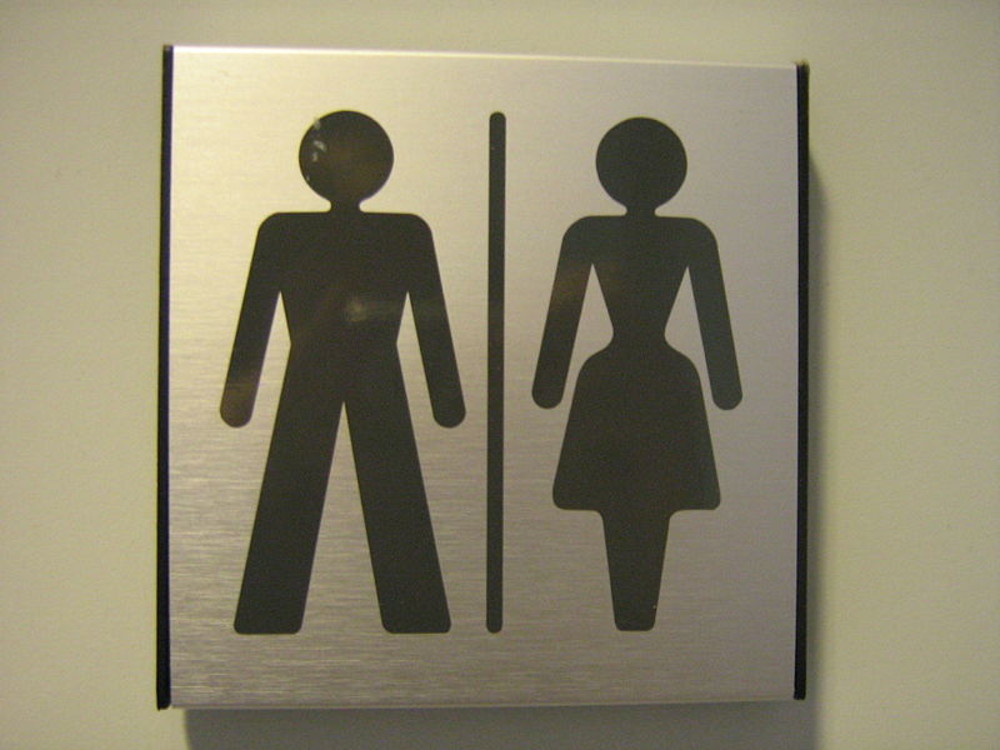
How many times have you needed a bathroom on campus and been unable to find one allocated to your gender? Imagine if that happened every time you needed a bathroom. The only gender-neutral bathrooms of which I am aware on campus are single-use affairs located in the Main and MacAlister lobbies and are almost always in use. This is slightly inconvenient for the majority of people who may be walking by and want to take a pit stop, but is significantly more troublesome for transgender students who either do not feel comfortable presenting as their true gender or do not identify with either male or female genders. Both of these conditions cause a feeling of alienation and discomfort upon being forced to choose between men’s and women’s bathrooms. That feeling of discomfort can be so strong that students sometimes choose to abstain from using any campus bathroom for the entire day until they arrive home in the evening, purely to avoid using a bathroom with whose sign the student disagrees. This is not a political statement nor a “victim complex,” but a concern regarding personal comfort, mental health and ultimately physical health. A greater number of gender-neutral bathrooms should be made available for the sake of the general health of Drexel’s transgender students. One way to accomplish that would be with single-stall bathrooms like the one in Main, but that would be inefficient both financially and spatially. To my mind, the only reasons to segregate bathrooms by gender in the first place are sociological and ubiquitous regardless of the state of the bathrooms, usually caused by male entitlement. Sexual harassment and assault are hardly limited to, or indeed affected by, bathrooms of any kind. Further, an argument can be made that, while an assaulter would probably not be limited by the sign on the bathroom door anyway, allowing more people into the bathroom to begin with would increase the number of potential good samaritans in the event that anything untoward should transpire. Thus, I move beyond saying that there should be more gender-neutral bathrooms and suggest that all bathrooms could and should be made gender-neutral. Urinals are fundamentally superfluous and could be fairly easily replaced by additional toilet stalls. The addition of receptacles for feminine hygiene products does not detract from the efficacy of any stall and is at the worst not useful to some of its occupants. Any bathroom can be made useful for all genders with relatively little modification, producing several desirable results. The need for gendered bathroom signs would be removed, the distribution of bathrooms available to any given student would become far more even, and morale among the transgender community at Drexel would improve dramatically, to list a few tangible results. To many transgender students, the sight of a gender-neutral bathroom does not say, “Here is a bathroom effectively identical to all the men’s/women’s bathrooms on campus, but slightly more private.” To these students, it says, “Here is one of the few bathrooms I don’t have to feel conflicted about and force myself to use.” That’s unfair and can and should be fixed.


